Caribbean Curry Seasoning: A Flavorful Journey Through Global Spice Traditions
Spices are the heartbeat of global cuisine, and nowhere is that more evident than in the vibrant world of Caribbean curry seasoning. With its rich history, bold flavors, and unique blend of spices, this seasoning has become a staple in kitchens across the globe. Whether you're a seasoned chef or a curious foodie, there's something here for everyone.
Table of Contents
- Practical Tips for Using Caribbean Curry Seasoning
- Understanding the Flavor Profile of Caribbean Curry Seasoning
- Cultural and Historical Roots of Caribbean Curry Seasoning
- Buying Guide: How to Choose the Best Caribbean Curry Seasoning
- Conclusion
Practical Tips for Using Caribbean Curry Seasoning
If you're new to Caribbean curry seasoning, don't worry—it's easier to use than it looks. Here are some practical tips to help you get the most out of your spice:
- Start Small: Caribbean curry seasoning can be quite strong, so begin with a small amount and adjust to taste. It's always easier to add more than to fix an over-seasoned dish.
- Use It Beyond Curries: While it's called curry seasoning, it’s not just for curries! Try it on roasted vegetables, grilled meats, or even as a rub for chicken or fish.
- Pair It with Coconut Milk: The creamy texture of coconut milk complements the bold flavors of Caribbean curry seasoning beautifully. It’s a common pairing in many Caribbean dishes.
- Make Your Own Blend: If you’re feeling adventurous, try making your own Caribbean curry seasoning at home. Mix turmeric, cumin, coriander, ginger, garlic, and a pinch of chili powder for a basic blend.
- Experiment with Heat Levels: Some Caribbean curry seasonings are mild, while others pack a punch. Check the label or ask the seller about the heat level before using.
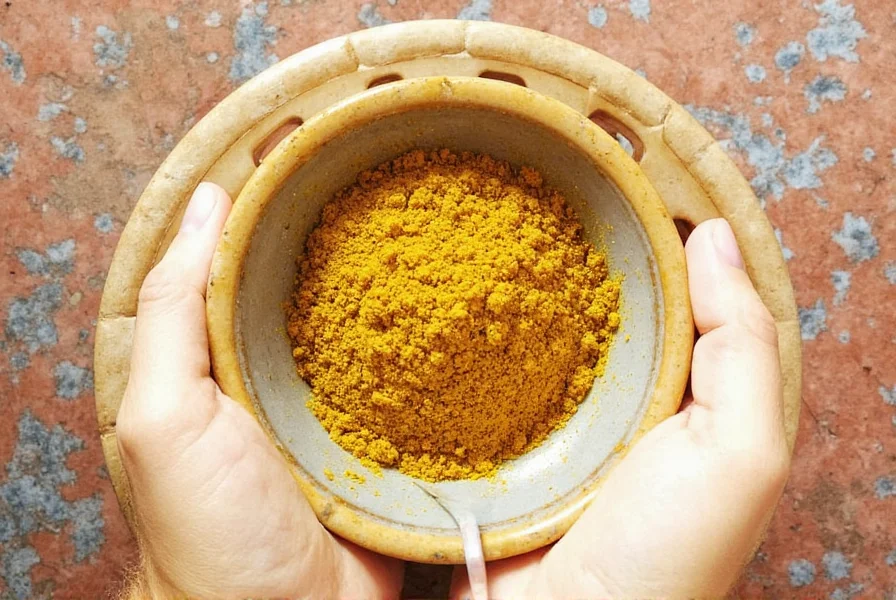
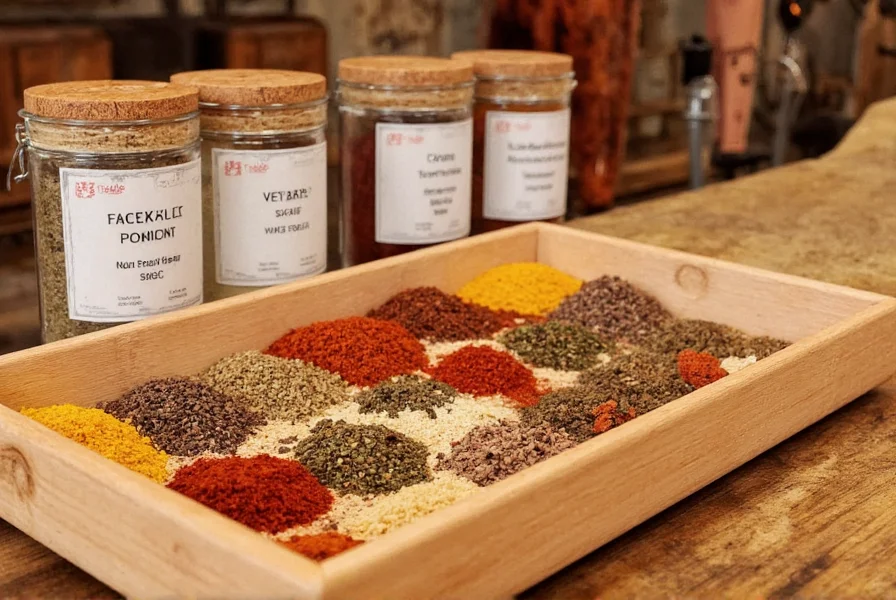
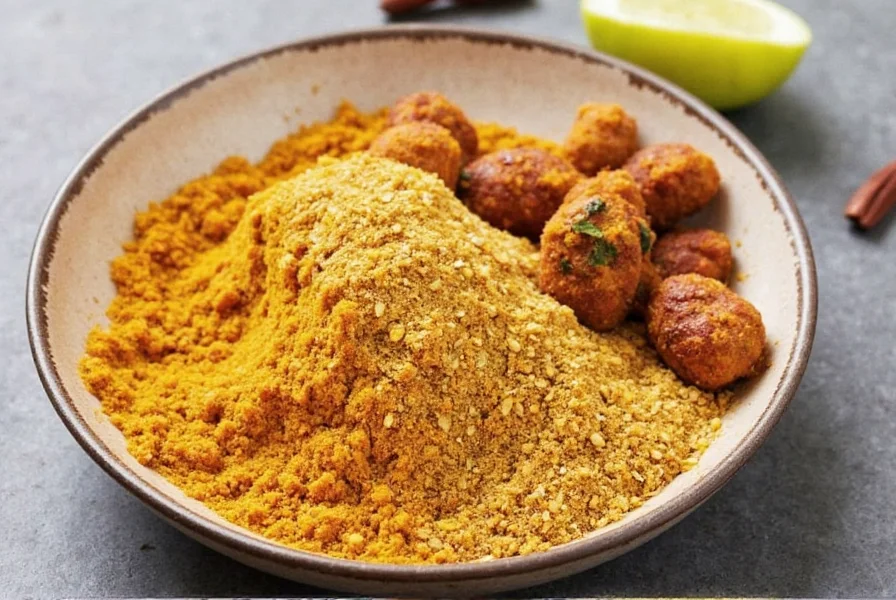
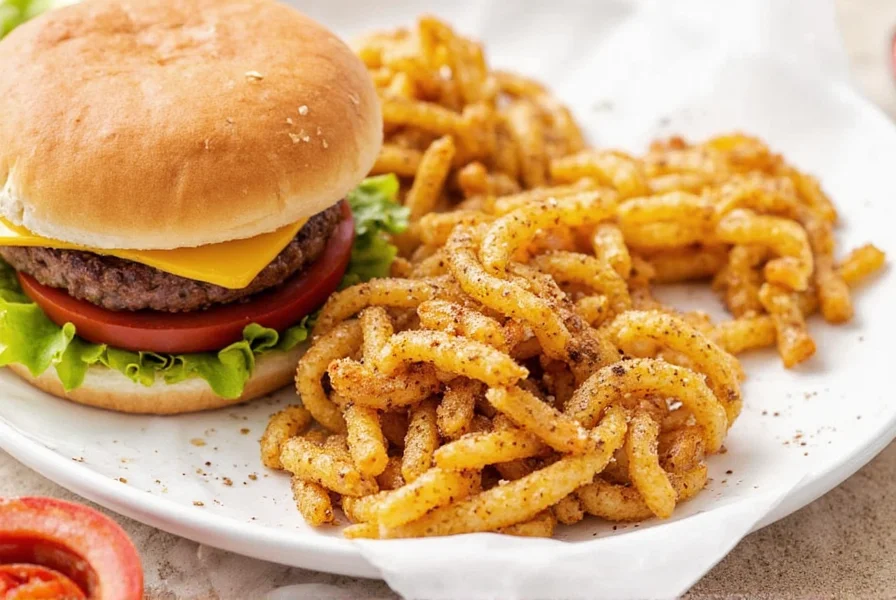
Understanding the Flavor Profile of Caribbean Curry Seasoning
What makes Caribbean curry seasoning stand out from other curry blends? Let’s break down its flavor profile:
| Flavor Component | Description |
|---|---|
| Turmeric | Gives the seasoning its golden color and earthy, slightly bitter note. |
| Cumin | Provides a warm, nutty, and smoky undertone. |
| Coriander | Brings a citrusy, slightly sweet flavor that balances the mix. |
| Ginger | Offers a sharp, spicy kick that enhances the overall complexity. |
| Garlic | Adds a pungent, savory depth to the blend. |
| Chili Powder | Varies by recipe, but often adds a mild to medium heat level. |
This combination creates a well-rounded flavor that is both aromatic and spicy, perfect for adding depth to any dish. The warmth of cumin, the brightness of coriander, and the heat of chili all come together to create a seasoning that's versatile and unforgettable.
Cultural and Historical Roots of Caribbean Curry Seasoning
The origins of Caribbean curry seasoning are deeply rooted in the region’s diverse cultural influences. While the term “curry” might suggest Indian origin, the Caribbean version evolved through a unique blend of African, Indian, and indigenous influences.
During the colonial period, Indian indentured laborers brought their cooking traditions to the Caribbean, including the use of spices like turmeric, cumin, and coriander. Over time, these ingredients were adapted to local tastes, resulting in the distinct Caribbean curry seasoning we know today.
Many Caribbean countries have their own variations of curry. For example, Jamaican curry often includes more garlic and pepper, while Trinidadian curry may have a stronger presence of cumin and coriander. This diversity reflects the region’s rich culinary heritage and the way different communities have embraced and modified the seasoning over the years.
Today, Caribbean curry seasoning is not only a staple in traditional dishes like goat curry, chicken curry, and rice and peas, but also a popular ingredient in modern fusion cuisine. Its bold flavors make it a favorite among chefs looking to add a touch of Caribbean flair to their recipes.
Buying Guide: How to Choose the Best Caribbean Curry Seasoning
With so many options available, choosing the right Caribbean curry seasoning can be overwhelming. Here’s a guide to help you find the best one for your needs:
Key Features to Look For
- Quality of Spices: Look for seasonings made with fresh, high-quality spices. Avoid products that contain excessive fillers or artificial additives.
- Heat Level: Different brands offer varying levels of heat. Choose one that matches your spice tolerance—mild, medium, or hot.
- Ingredients List: A good Caribbean curry seasoning should include key ingredients like turmeric, cumin, coriander, ginger, garlic, and chili. Avoid products with too many unfamiliar or unnecessary components.
- Brand Reputation: Stick with trusted brands known for their quality and authenticity. Some popular names include Jamaican Spice Co., Caribbean Flavors, and Island Spice House.
Best Uses and Target Audience
Caribbean curry seasoning is incredibly versatile and suitable for a wide range of users:
- Chefs and Home Cooks: Ideal for anyone who wants to add depth and complexity to their meals. Perfect for those experimenting with Caribbean-inspired cuisine.
- Spice Enthusiasts: Great for people who enjoy bold, aromatic flavors and want to expand their spice collection.
- Food Bloggers and Influencers: Useful for creating content around global cuisines, especially when exploring Caribbean culture through food.
Suitable Occasions
Whether you're hosting a dinner party, preparing a family meal, or simply trying something new, Caribbean curry seasoning is perfect for:
- Weeknight Dinners: Quick and easy to use, making it ideal for busy evenings.
- Barbecues and Grills: Use it as a rub for meats or mix into marinades for added flavor.
- Cultural Celebrations: Great for authentic Caribbean dishes during festivals, weddings, or family gatherings.
A sentence that expands on the caribbean curry seasoning: Caribbean curry seasoning is a vibrant and flavorful blend that brings the essence of the Caribbean into every dish, offering a perfect balance of heat, aroma, and depth that elevates both traditional and modern recipes.
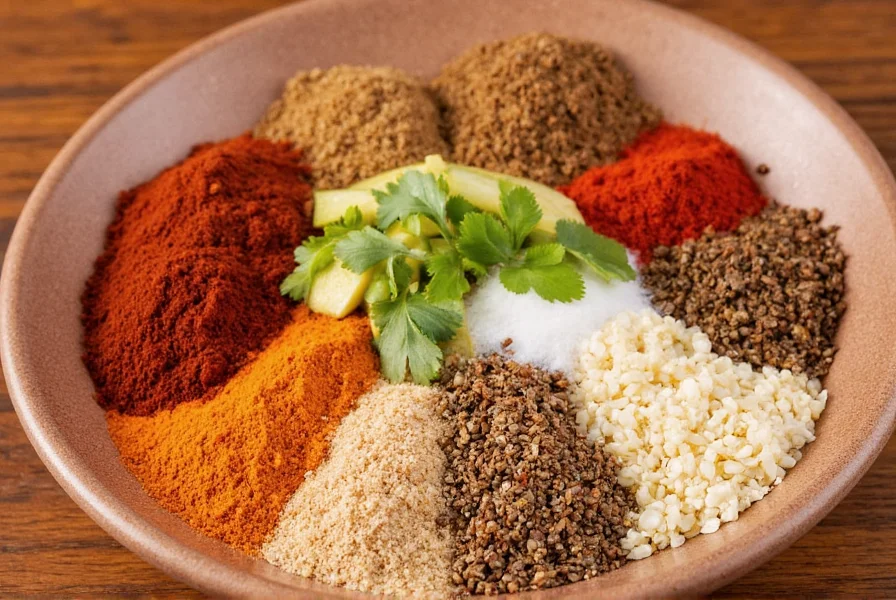
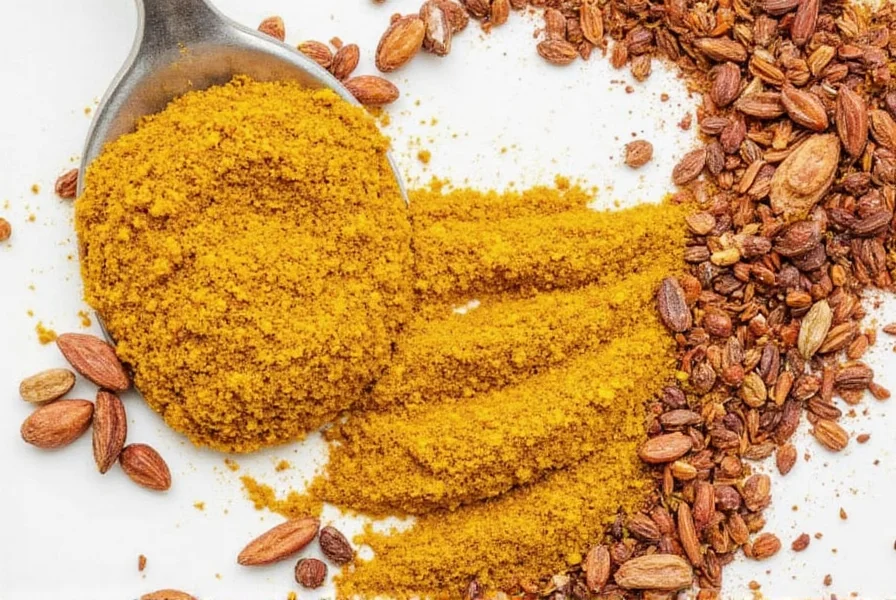

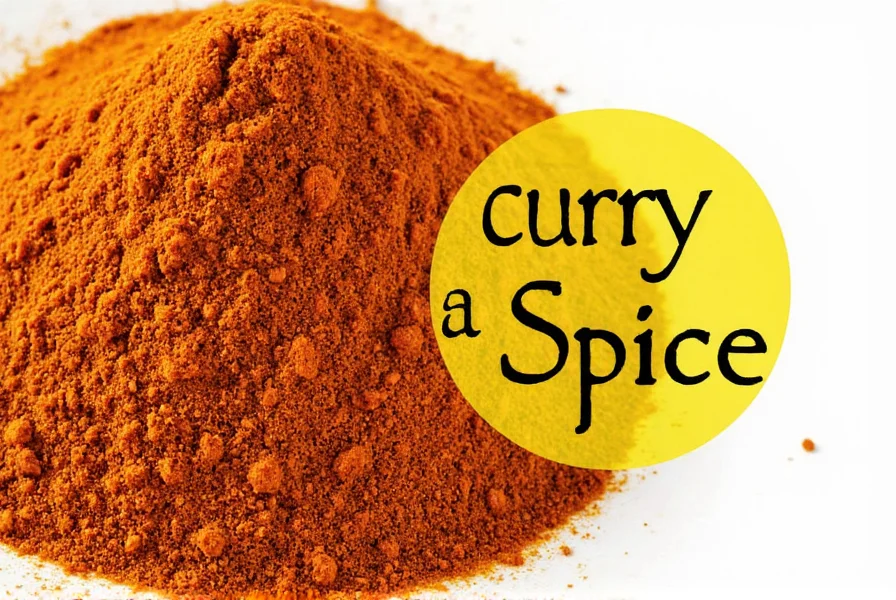
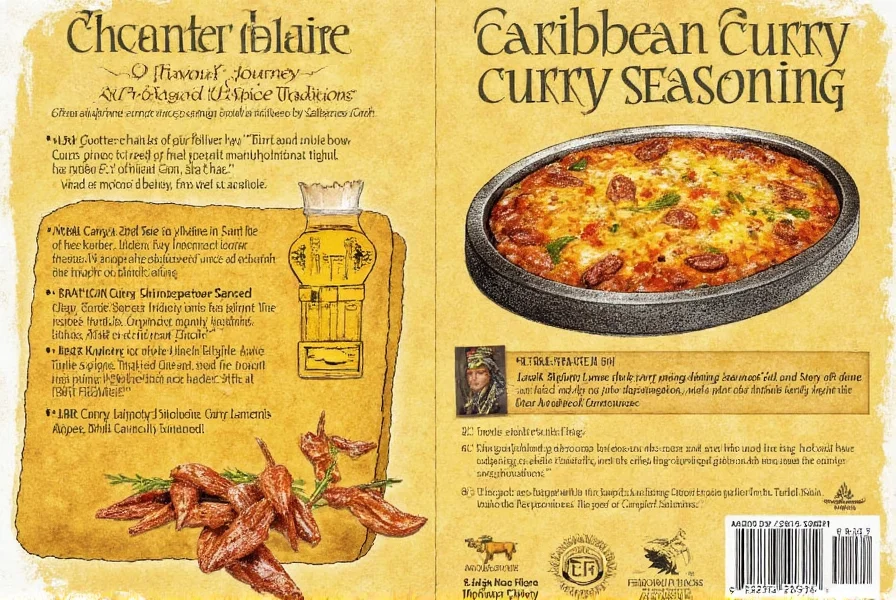
Conclusion
Caribbean curry seasoning is more than just a spice—it’s a gateway to the rich and diverse culinary traditions of the Caribbean. From its unique flavor profile to its deep cultural roots, this seasoning offers something for everyone, whether you're a seasoned cook or a curious beginner.
By understanding how to use it, where it comes from, and how to choose the best one, you can bring a taste of the Caribbean into your kitchen. So why not give it a try? Your taste buds—and your guests—will thank you!











 浙公网安备
33010002000092号
浙公网安备
33010002000092号 浙B2-20120091-4
浙B2-20120091-4